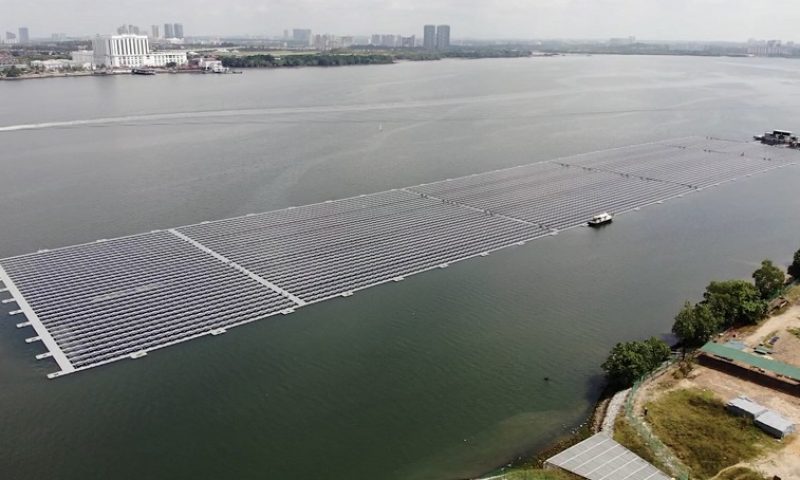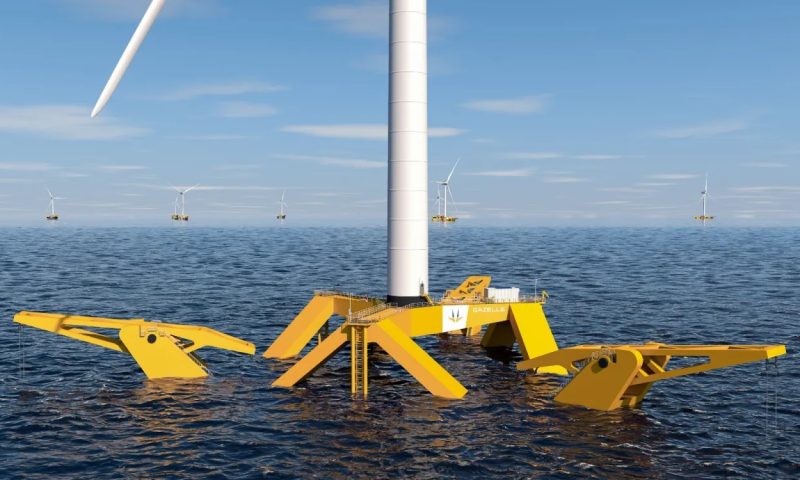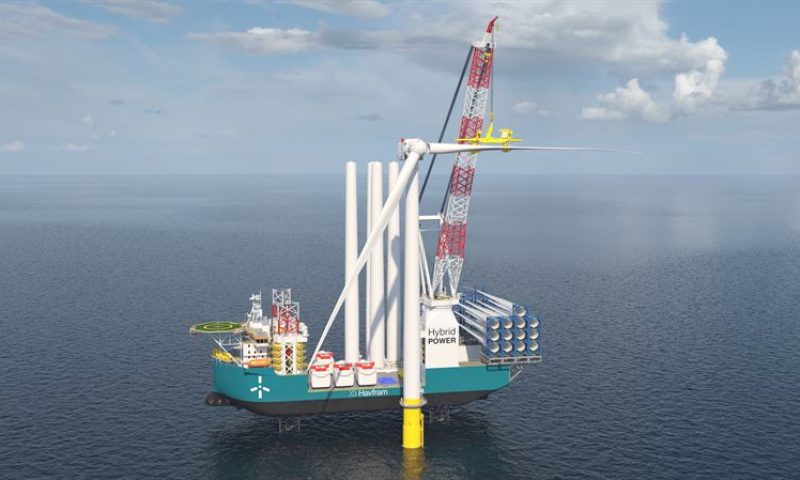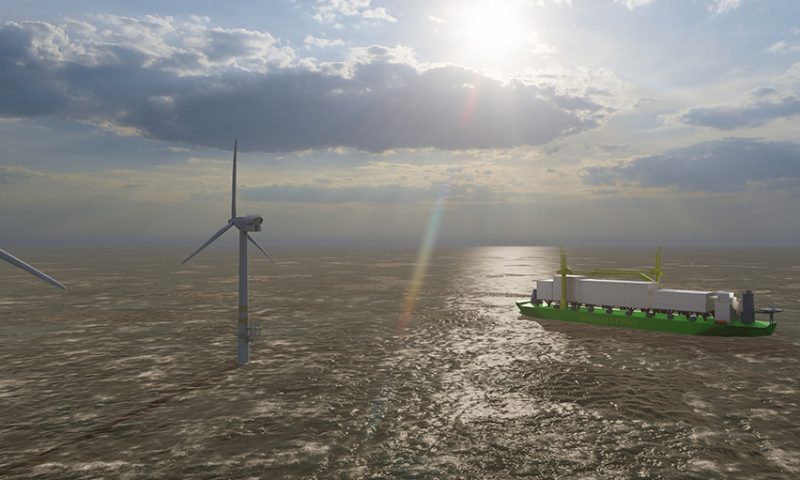
Windfloat Atlantic Reaches 75 GWh in its First Year of Operation
The project, driven by EDP Renewables through the Windplus consortium formed by OW (50:50 joint-venture between EDPR and ENGIE), Repsol and Principle Power, is the world’s first semi-submersible floating wind farm.
The energy produced in the first year of full operation is enough to supply 60,000 inhabitants and avoid the emission of 33,000 tons of CO2.
Windfloat Atlantic, the emblematic floating wind farm powered by EDP Renewables (Euronext: EDPR), the world’s fourth largest renewable energy producer, has reached 75 GWh in its first year of operation. It is the world’s first semi-submersible floating wind farm located 20 kilometers off the coast of Viana do Castelo (Portugal).
A media visit took place in which the attendees were able to get to know Windfloat Atlantic from the inside, accompanied by the project director, José Pinheiro.
“The project has performed well above expectations. It has registered high levels of availability and a production that has exceeded expectations for many months. We wanted to share these positive results of a project that has marked a before and after in the offshore wind energy industry because of the technology used and because it has become the first floating and semi-submersible wind farm in the world.” said José Pinheiro, during the visit.
Pinheiro stressed that there are great opportunities for expansion of this technology, both in Portugal and abroad, which EDPR, through Ocean Winds, is already exploring in different markets.
The Windplus consortium, made up of Ocean Winds, -the joint venture created by EDP Renewables and ENGIE- Repsol and Principle Power Inc., launched the Windfloat Atlantic project to make better use of offshore wind resources. After several years of work, the project became fully operational on July, 2020. Since then, Windfloat Atlantic has recorded a total cumulative production of 75 GWh, reaching the planned figures. This energy produced is enough to supply 60,000 inhabitants and has avoided the emission of 33,000 tons of CO2.













